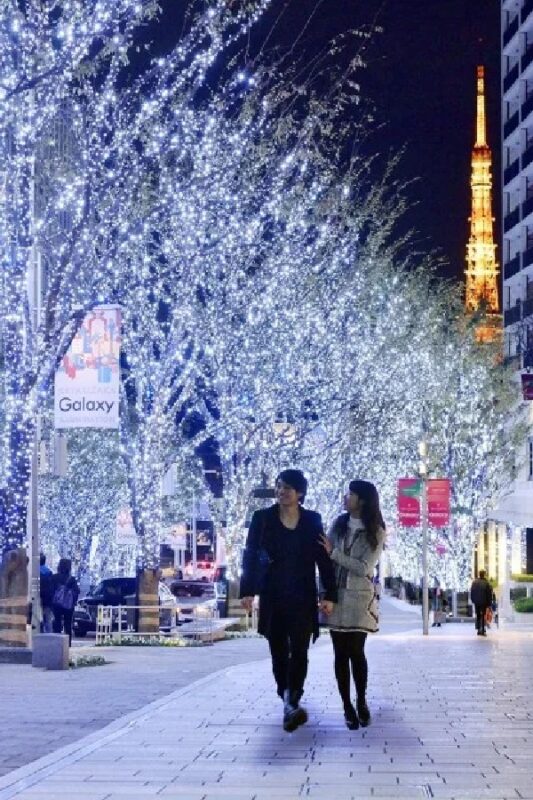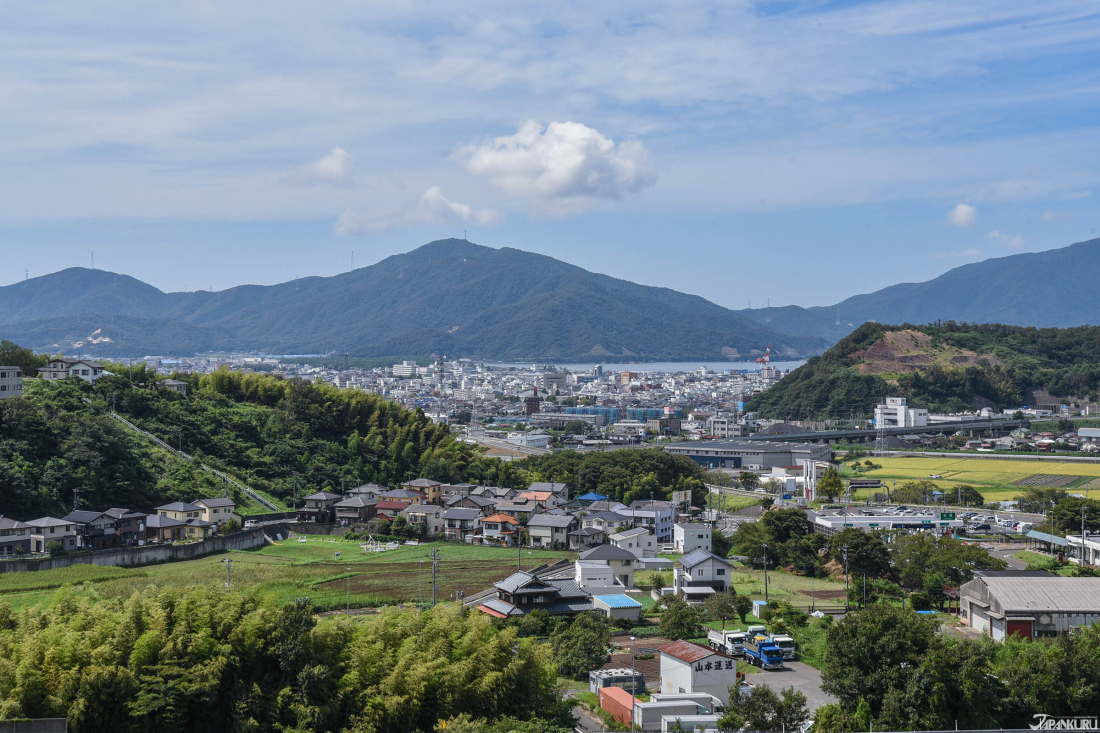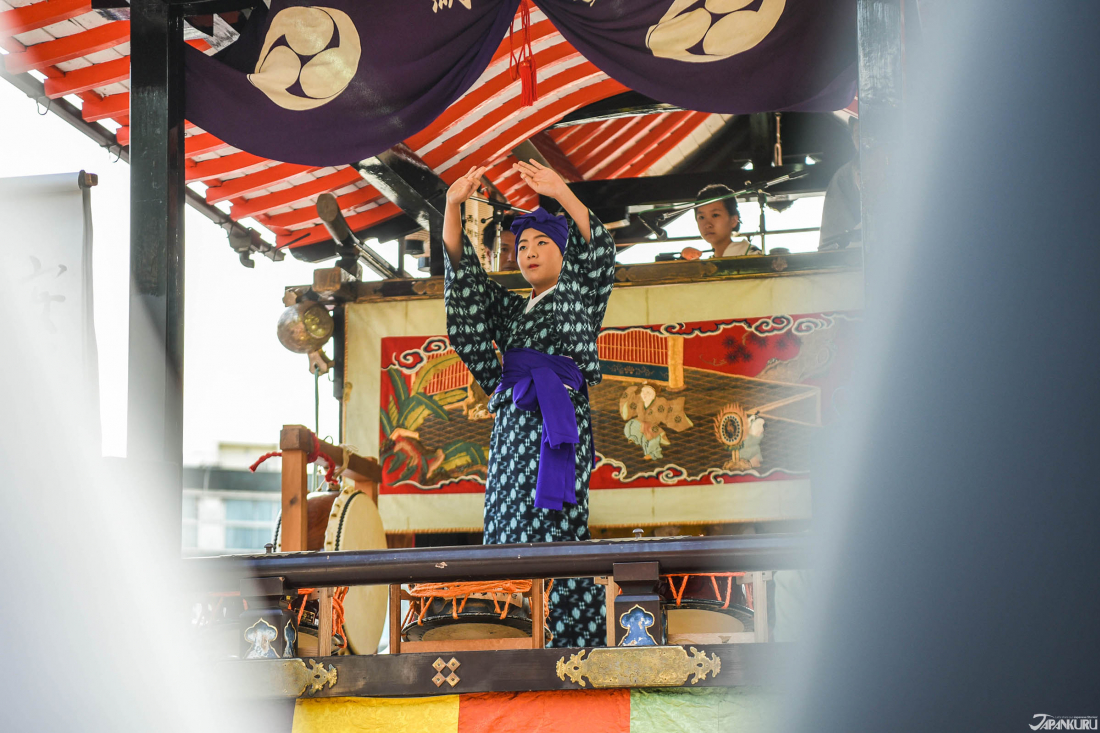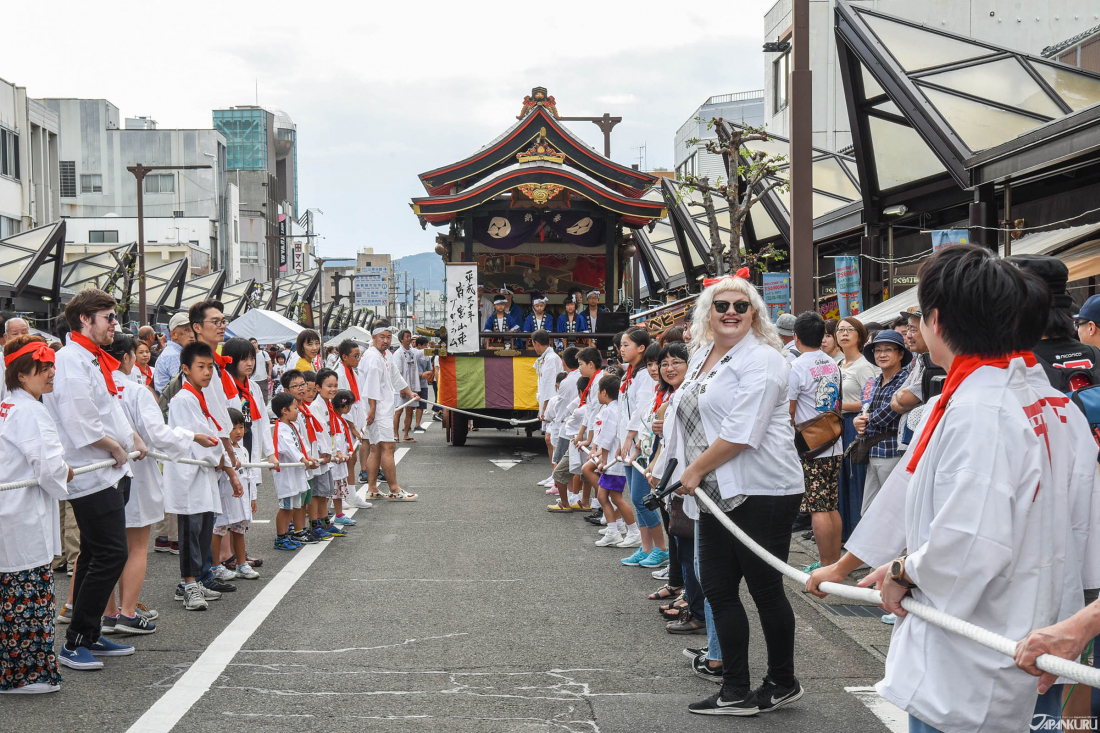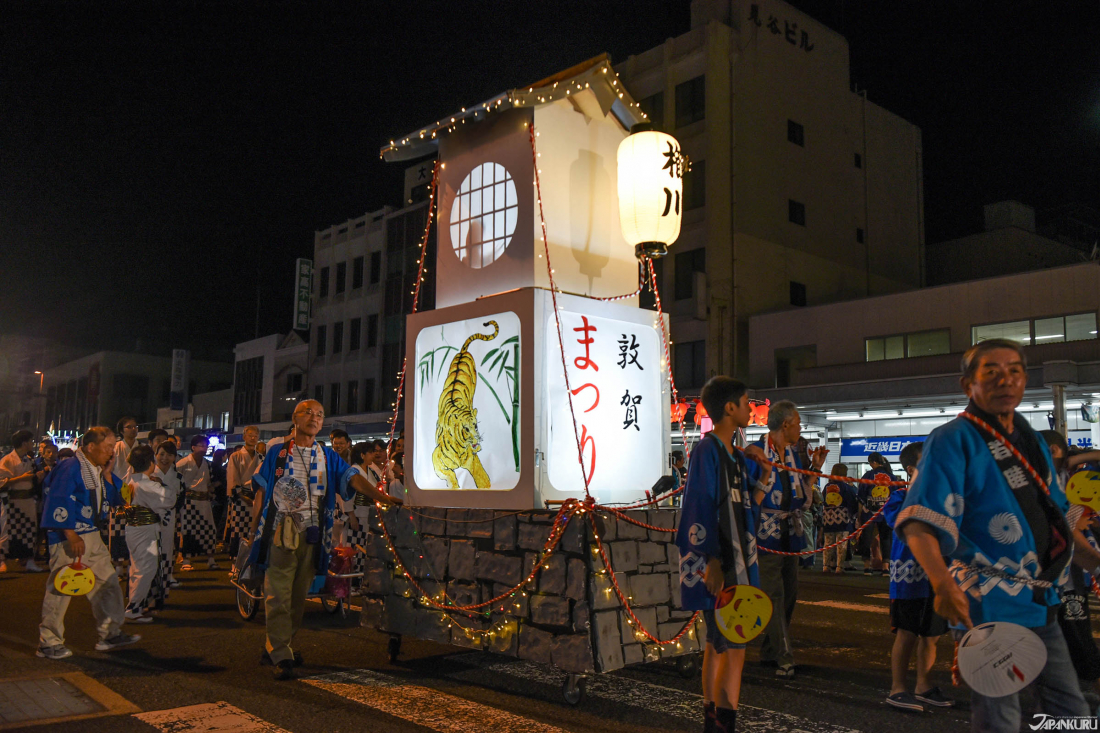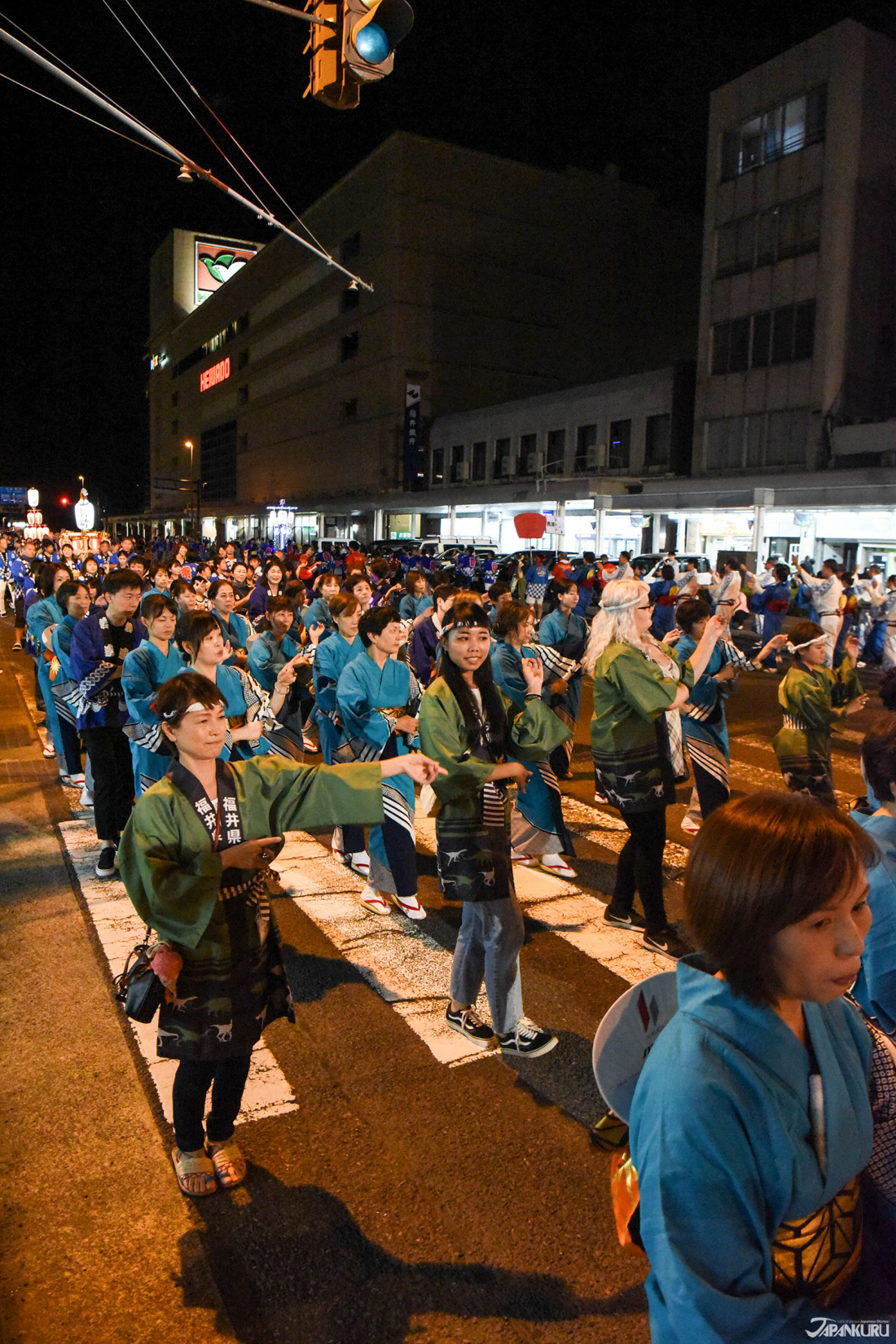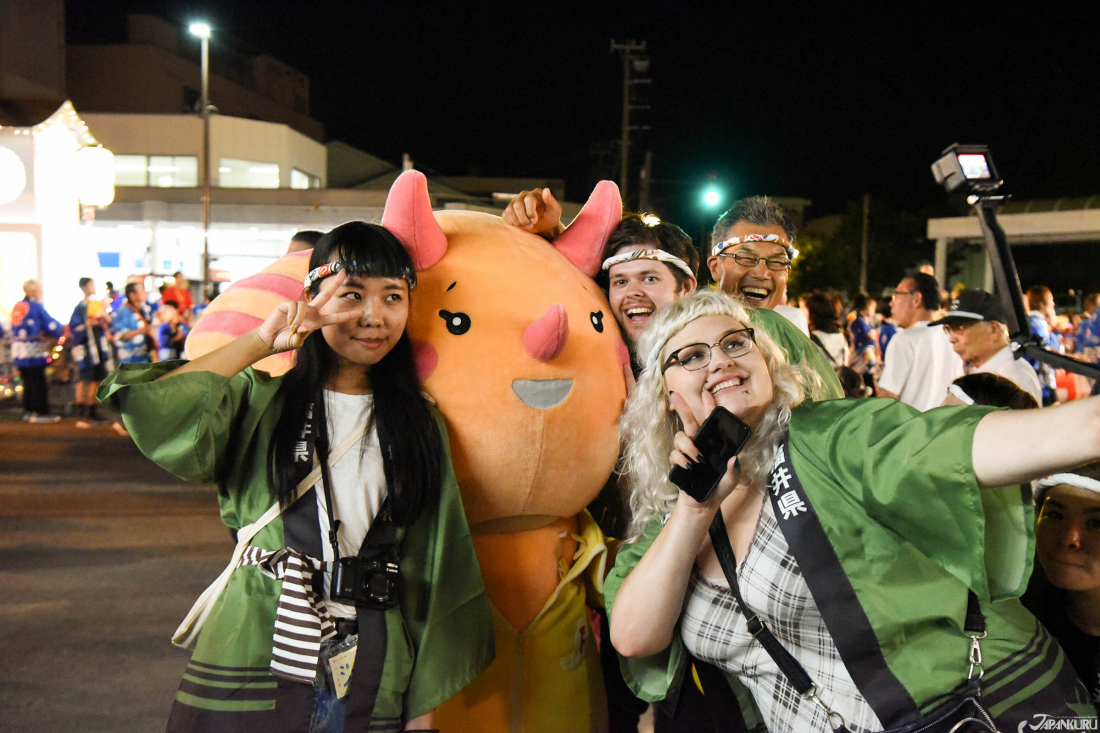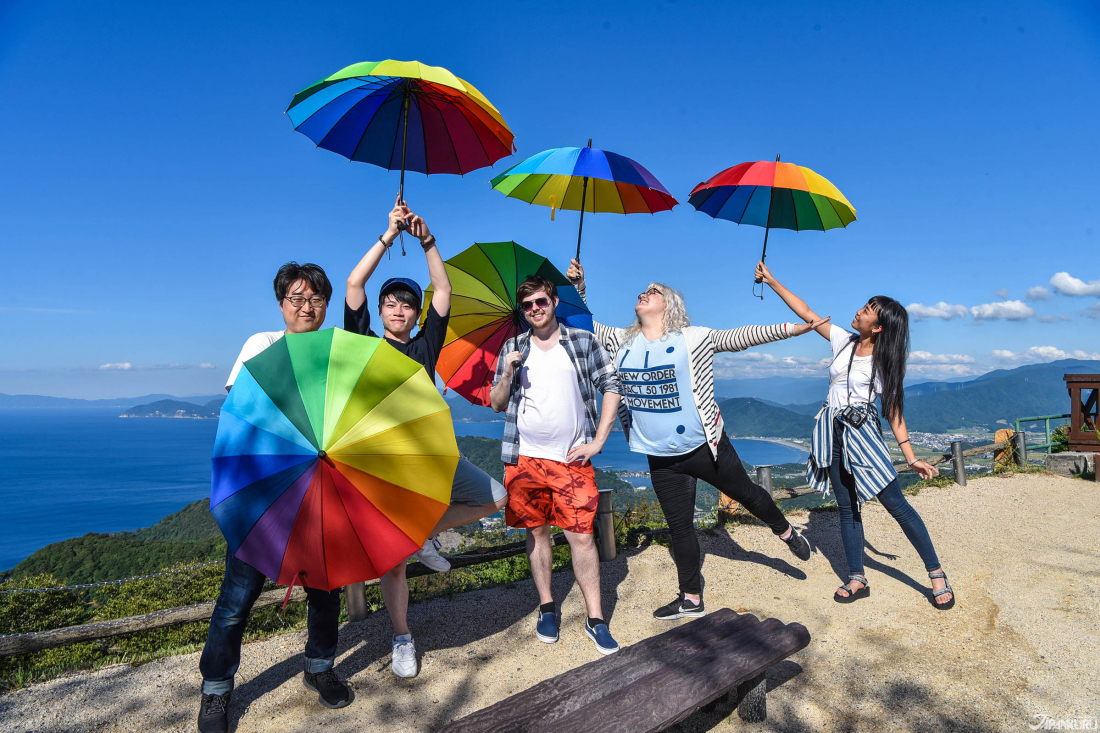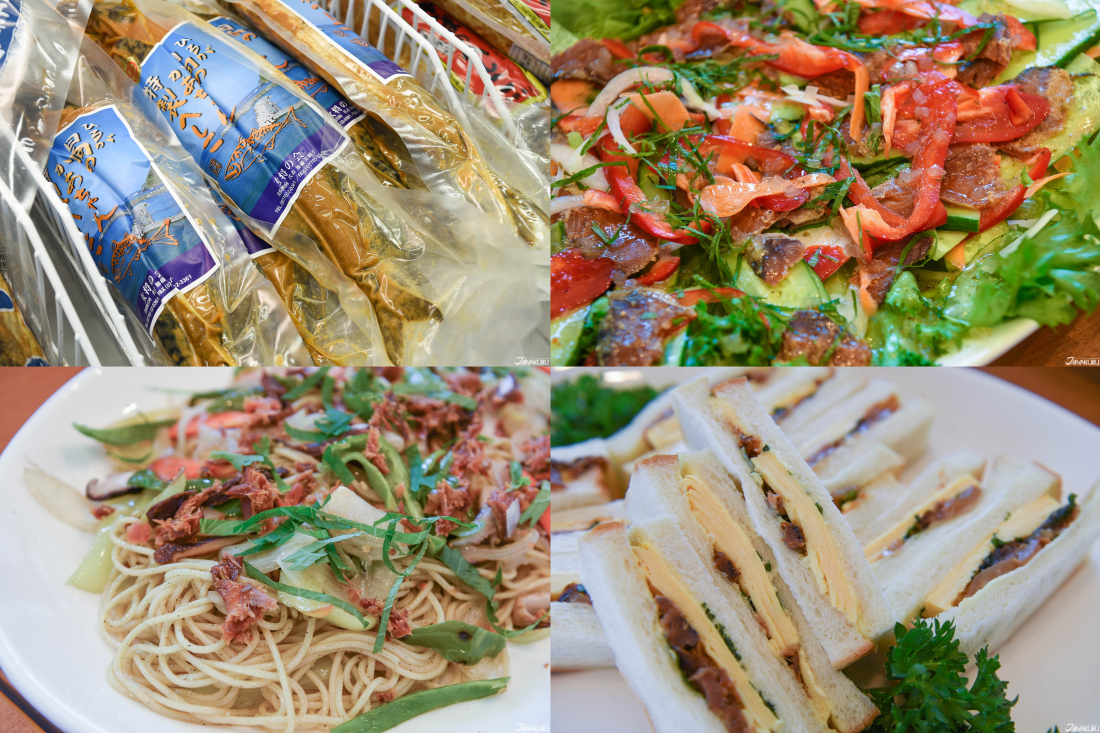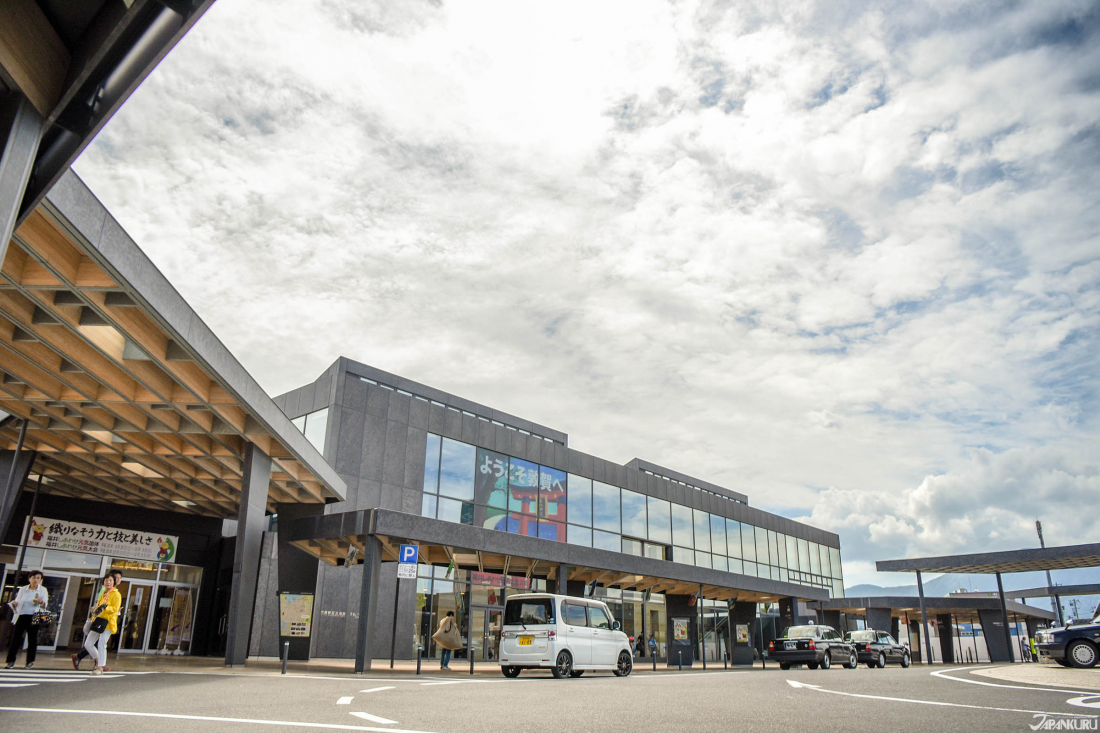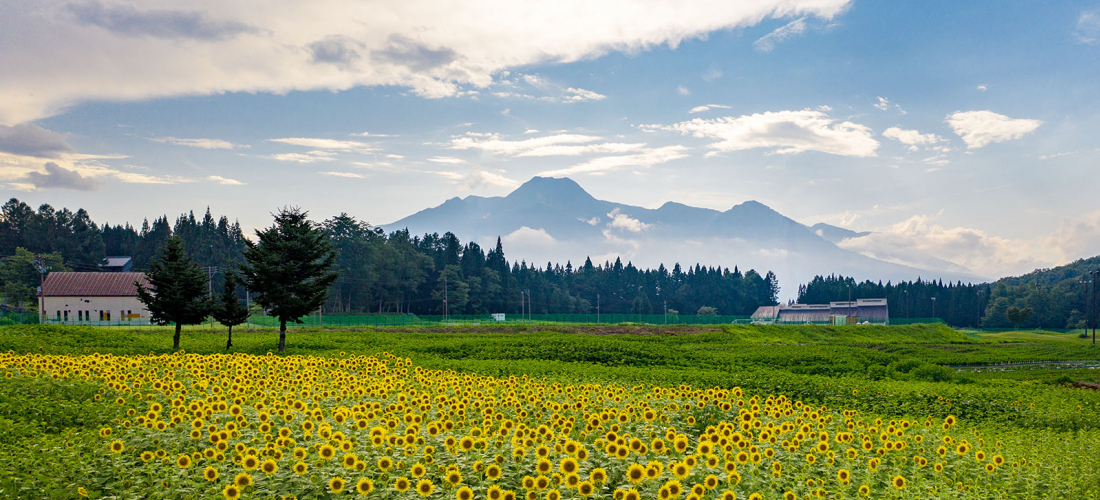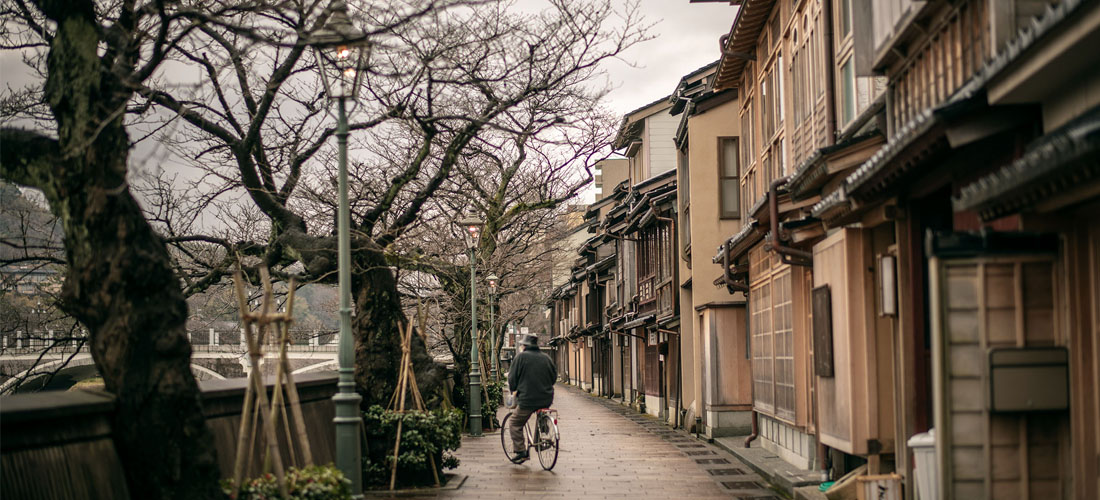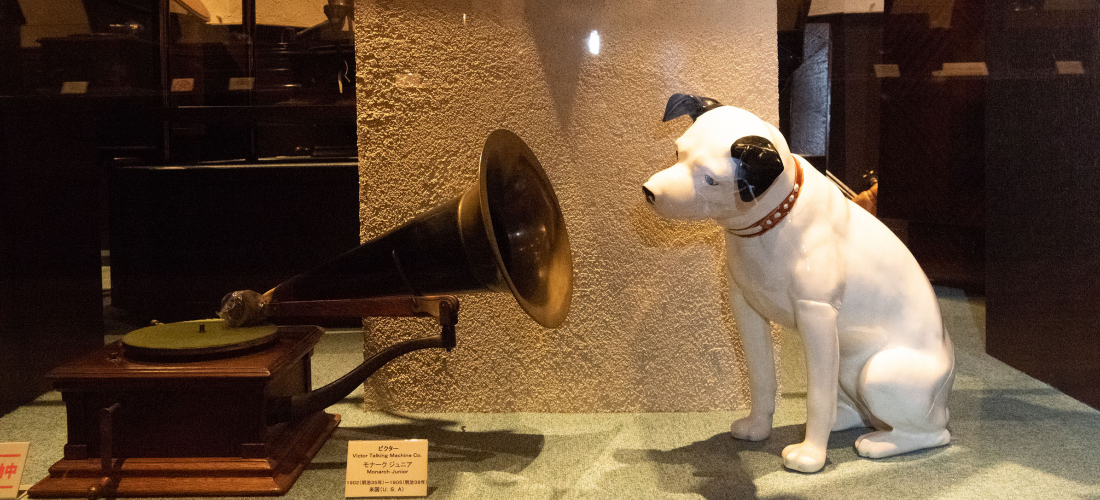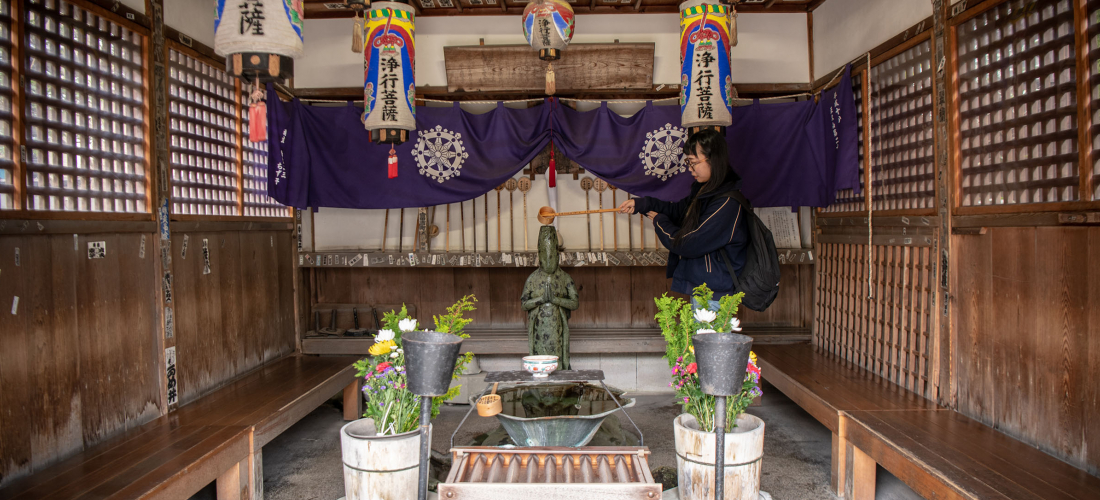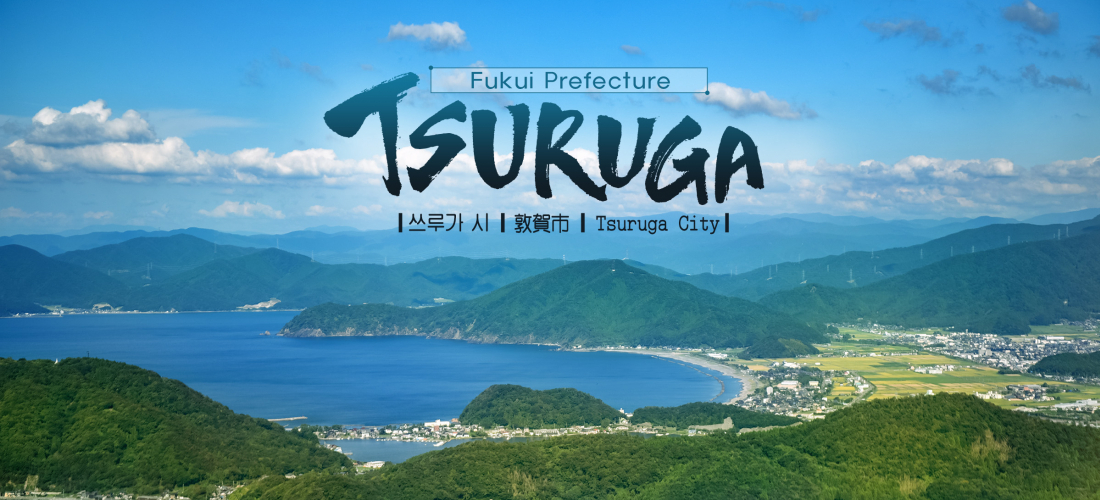
CONTENTS
On September 1st, JAPANKURU went to a small city in southern Fukui Prefecture called Tsuruga (敦賀市). Normally the top travel areas are Tokyo, Osaka, Kyoto, and Okinawa, so for many, this may be the first time you've seen anyone mention Fukui Prefecture. If you were to ask Japanese people about Fukui, most people will say they have no idea what's there. That being said, why did we decide to go all the way out there? Every year starting in the beginning of September, a 4 day matsuri (festival) is held in Tsuruga, Fukui. This time, due to a massive typhoon, the festival got rained out on the last day, which is the main event. Even still this festival left us with a great experience. Of course, there are festivals all over Japan to visit, but this time we would like to introduce Tsuruga Festival (敦賀祭り) and explain why we decided to check it out.
What Type of Place Is Tsuruga, Fukui?
Fukui Prefecture is located in the central area of Japan, in the Chubu Region. Tsuruga City is a small town situated in the middle of Fukui and has a population of about 6,600 people. When it comes to the Tsuruga Festival held at the beginning of September every year, this quiet, calm city shows its colors creating a festival so great that it even caught Tokyo Disneyland Mickey Mouse's attention!
Access to Tsuruga, Fukui:
➤From Tokyo: Take the bullet train Hikari to Maibara Station (米原駅).
Change to the Limited Express train Shirasagi and take it to Tsuruga Station (敦賀駅).
➤From Osaka:
From Osaka Station (大阪駅) take Limited Express train Thunderbird to Tsuruga Station (敦賀駅).
➤From Kyoto:
From Kyoto Station (京都駅) take Limited Express train Thunderbird to Tsuruga Station (敦賀駅).
Tsuruga Festival (敦賀祭り)
Tsuruga Festival is held every year in September and locals call it the "baka matsuri", because everyone goes absolutely crazy during this time. Normally, festivals in Japan are held during the summer so that families can go, but the Tsuruga Festival is held after summer break and school has already started. If participating, children can get out of school and adults can take off work with a full excuse, so you can imagine how important this festival is to the people of Fukui. The festival has various events and themes, creating all sorts of community exchange and experiences unlike any other festival we have been to in big cities like Tokyo and Kyoto.
This year the festival kicked off with carnival along Kagura-cho Stree (神楽町) on September 1st. The actual matsuri though didn't start until September 2nd, and the way they announce or "notify" everyone the festival has begun is with the Yoiyama Junko (宵山巡行). The people of Fukui consider Yoiyama Junko such an important part of Tsuruga Festival because they believe that without it, the festival can't begin. On this decorative portable shrine (basically like a float, called "dashi" 山車 in Japanese) that they call "Yoiyama", are children dancing along to traditional Japanese music being playing and sung behind them. All the meanwhile they are dragged towards Kehi Shrine (氣比神宮) to get blessed by the Shinto Priests, then all around the city.
We have seen this a few times at other festivals, but never have actually pulled a Yoisha or anything like that before! Normally one would expect only people living in the area can participate in such a sacred and traditional event, but in reality, Tsuruga City welcomes everyone interested to join! Regardless of whether you live or where you're from, anyone can experience what it is like to be involved in a Japanese festival!! And that is the main reason for our visit.
Later that night we got an even better chance to communicate and get in touch with the locals at the Tsuruga Festival's Night Folk Dancing Parade. During this parade, wards within the city represent themselves by making a "float" to pull and dance around, along with wearing different robes (ハッピ; happi) and yukata. There are 3 folk dances performed during the festival but are nothing too complex. Since we got to participate in one of the wards, they taught us the dances!
Around 3,000 people gather for the Night Folk Dancing Parade. Aside from dancing, there are plenty of local food stalls and dinosaur mascots walking around. It is a lot of fun and definitely worth seeing.
Portable Shrine Parade (神輿渡御; Mikoshi Togyo)
Mikoshi (often translated as "portable shrines") are used to carry gods around the town during a Shinto festival. The gods usually reside in these shrines which are dedicated to them, and it's only during these festivals that they ride on the mikoshi around the town to visit those who celebrate and pray to them. This tradition is known as "Mikoshi Togyo" (神輿渡御). Similar to the Folk Dancing Parade, each ward has their own mikoshi to represent, dressed in uniform. The ward we tagged along with wore all white with a few blue decorations and carried a child's mikoshi. Despite being a child's mikoshi, it got heavy real quick!! How they do that every year is beyond us.
After getting changed in the traditional clothing at the ward's assembly hall, we began the Mikoshi Togyo! We carried the mikoshi around the town on the way to Kehi Shrine, stopping at buildings and houses to toss the mikoshi up in the air. If someone or a company makes a donation, they hang an honorable white piece of paper received from a priest on their front window. When those carrying the mikoshi see that, they toss the mikoshi up showing thanks. Once arriving at Kehi Shrine, there was a short blessing ceremony, then off we were again to carry the mikoshi around other areas in town. There were a lot of opportunities to drink Japanese sake to our surprise, and it was all a part of the tradition. Got to admit those few drinks made us not notice how heavy the mikoshi actually was.
Other Points of Interest in Fukui – Rainbow Line
What about if you go to Southern Fukui not during the festival? Then you should really visit Rainbow Line in Wakasa. Take a one seater lift way way up to the top of Mt. Baijodake and get the best view of Mikata Five Lakes which consists of Lake Mikata (三方湖), Suigetsu Lake (水月湖), Lake Suga (菅湖), Lake Kugushi (久々子湖), and Lake Hiruga (日向湖). Why call it Rainbow Line though? The owner explained that it is because the five lakes all have different water quality of salinity (one is ocean water, the middle 3 brackish lakes (a mix of ocean water and fresh water), and the other is freshwater) which makes the colors different of each lake. Then with the sunlight shining on each of the lakes, new shades of blue and green appear creating a "rainbow".
What we loved about this place was that it isn't only a place to for a lovely view. There are many other things to do and see to make the wide open space that much more enjoyable. From gardens, lover rocks, swings, and hammocks, this place is unlike any summit we have ever seen before. Another very fun thing to do is visit Kawarake (かわらけ) near Tengu-do (天狗堂) to write your wishes on a clay plate and throw it up out towards the lakes. You also don't need to worry about the plates after you throw them because they dissolve in the rain.
✴Rainbow Line (レインボーライン )
18-2-2 Kiyama, Wakasa-cho, MikataKaminaka-gun, Fukui
Google Maps
⏰8am~6pm
*Operating hours are known to change seasonally, so please check the homepage
💴Park Entrance Fee: Adult 800yen, Child 600yen (ages 6 to 15), Disabled discount fare 600yen
💻Rainbow Line homepage
Heshiko is the ultimate soul-food and traditional product that regions Wakasa and Obama are famous for in Fukui Prefecture. Heshiko, or pickled mackerel, is pickled in a mixture of fermented rice bran and brine, and for many people who are not used to dishes like this look a bit…wow. Years ago, Fukui mackerel was originally used but due to overfishing, there aren't anymore. So now all the heshiko served in Fukui is from Norway.
There are plenty of restaurants where you can try Heshiko, but if the appearance is a bit much but you are curious, you can always go to Aurora. There you can try dishes like heshiko sandwiches, heshiko spaghetti, and carpaccio. Why did this restaurant decide to take pickled mackerel and turn it into carpaccio? Of course, one reason was to get younger people to try it, but the main reason is a bit deeper. Traditionally people would eat heshiko for breakfast with a bowl of white rice or as a snack with beer, which really gets down to only one way of being prepared. Resulting in people getting sick of heshiko and stopped buying it. When she heard that, she got the idea of cutting the heshiko up into small pieces and preparing it into more Western style dishes. Which showed the city people new ways of eating heshiko that they have never thought of before.
✴Aurora (オーロラ )
33-44-1 Kugushi, Mihama, Mikata-ku, Fukui
Google Maps
⏰8am~10pm
Be sure to look at JAPANKURU🐶 for more exciting articles every day!!
Or add us on Google+, Instagram, Facebook to share your Japanese pictures💖🗾
We had the time of our lives joining the Tsuruga Festival!
Won't you join next year too?!!
Access to Tsuruga, Fukui:
➤From Tokyo: Take the bullet train Hikari to Maibara Station (米原駅).
Change to the Limited Express train Shirasagi and take it to Tsuruga Station (敦賀駅).
➤From Osaka:
From Osaka Station (大阪駅) take Limited Express train Thunderbird to Tsuruga Station (敦賀駅).
➤From Kyoto:
From Kyoto Station (京都駅) take Limited Express train Thunderbird to Tsuruga Station (敦賀駅).
COMMENT
FEATURED MEDIA
VIEW MORE 
A New Tokyo Animal Destination: Relax & Learn About the World’s Animals in Japan
#pr #japankuru #anitouch #anitouchtokyodome #capybara #capybaracafe #animalcafe #tokyotrip #japantrip #카피바라 #애니터치 #아이와가볼만한곳 #도쿄여행 #가족여행 #東京旅遊 #東京親子景點 #日本動物互動體驗 #水豚泡澡 #東京巨蛋城 #เที่ยวญี่ปุ่น2025 #ที่เที่ยวครอบครัว #สวนสัตว์ในร่ม #TokyoDomeCity #anitouchtokyodome

Shohei Ohtani Collab Developed Products & Other Japanese Drugstore Recommendations From Kowa
#pr #japankuru
#kowa #syncronkowa #japanshopping #preworkout #postworkout #tokyoshopping #japantrip #일본쇼핑 #일본이온음료 #오타니 #오타니쇼헤이 #코와 #興和 #日本必買 #日本旅遊 #運動補充能量 #運動飲品 #ช้อปปิ้งญี่ปุ่น #เครื่องดื่มออกกำลังกาย #นักกีฬา #ผลิตภัณฑ์ญี่ปุ่น #อาหารเสริมญี่ปุ่น

도쿄 근교 당일치기 여행 추천! 작은 에도라 불리는 ‘가와고에’
세이부 ‘가와고에 패스(디지털)’ 하나면 편리하게 이동 + 가성비까지 완벽하게! 필름카메라 감성 가득한 레트로 거리 길거리 먹방부터 귀여움 끝판왕 핫플&포토 스폿까지 총집합!
Looking for day trips from Tokyo? Try Kawagoe, AKA Little Edo!
Use the SEIBU KAWAGOE PASS (Digital) for easy, affordable transportation!
Check out the historic streets of Kawagoe for some great street food and plenty of picturesque retro photo ops.
#pr #japankuru #도쿄근교여행 #가와고에 #가와고에패스 #세이부패스 #기모노체험 #가와고에여행 #도쿄여행코스 #도쿄근교당일치기 #세이부가와고에패스
#tokyotrip #kawagoe #tokyodaytrip #seibukawagoepass #kimono #japantrip

Hirakata Park, Osaka: Enjoy the Classic Japanese Theme Park Experience!
#pr #japankuru #hirakatapark #amusementpark #japantrip #osakatrip #familytrip #rollercoaster #retrôvibes #枚方公園 #大阪旅遊 #關西私房景點 #日本親子旅行 #日本遊樂園 #木造雲霄飛車 #히라카타파크 #สวนสนุกฮิราคาตะพาร์ค

🍵Love Matcha? Upgrade Your Matcha Experience With Tsujiri!
・160년 전통 일본 말차 브랜드 츠지리에서 말차 덕후들이 픽한 인기템만 골라봤어요
・抹茶控的天堂!甜點、餅乾、飲品一次滿足,連伴手禮都幫你列好清單了
・ส่องมัทฉะสุดฮิต พร้อมพาเที่ยวร้านดังในอุจิ เกียวโต
#pr #japankuru #matcha #matchalover #uji #kyoto #japantrip #ujimatcha #matchalatte #matchasweets #tsujiri #말차 #말차덕후 #츠지리 #교토여행 #말차라떼 #辻利抹茶 #抹茶控 #日本抹茶 #宇治 #宇治抹茶 #日本伴手禮 #抹茶拿鐵 #抹茶甜點 #มัทฉะ #ของฝากญี่ปุ่น #ชาเขียวญี่ปุ่น #ซึจิริ #เกียวโต

・What Is Nenaito? And How Does This Sleep Care Supplement Work?
・你的睡眠保健品——認識「睡眠茶氨酸錠」
・수면 케어 서플리먼트 ‘네나이토’란?
・ผลิตภัณฑ์เสริมอาหารดูแลการนอน “Nenaito(ネナイト)” คืออะไร?
#pr #japankuru #sleepcare #japanshopping #nenaito #sleepsupplement #asahi #睡眠茶氨酸錠 #睡眠保健 #朝日 #l茶胺酸 #日本藥妝 #日本必買 #일본쇼핑 #수면 #건강하자 #네나이토 #일본영양제 #อาหารเสริมญี่ปุ่น #ช้อปปิ้งญี่ปุ่น #ร้านขายยาญี่ปุ่น #ดูแลตัวเองก่อนนอน #อาซาฮิ

Japanese Drugstore Must-Buys! Essential Items from Hisamitsu® Pharmaceutical
#PR #japankuru #hisamitsu #salonpas #feitas #hisamitsupharmaceutical #japanshopping #tokyoshopping #traveltips #japanhaul #japantrip #japantravel

Whether you grew up with Dragon Ball or you just fell in love with Dragon Ball DAIMA, you'll like the newest JINS collab. Shop this limited-edition Dragon Ball accessory collection to find some of the best Dragon Ball merchandise in Japan!
>> Find out more at Japankuru.com! (link in bio)
#japankuru #dragonball #dragonballdaima #animecollab #japanshopping #jins #japaneseglasses #japantravel #animemerch #pr

This month, Japankuru teamed up with @official_korekoko to invite three influencers (originally from Thailand, China, and Taiwan) on a trip to Yokohama. Check out the article (in Chinese) on Japankuru.com for all of their travel tips and photography hints - and look forward to more cool collaborations coming soon!
【橫濱夜散策 x 教你怎麼拍出網美照 📸✨】
每次來日本玩,是不是都會先找旅日網紅的推薦清單?
這次,我們邀請擁有日本豐富旅遊經驗的🇹🇭泰國、🇨🇳中國、🇹🇼台灣網紅,帶你走進夜晚的橫濱!從玩樂路線到拍照技巧,教你怎麼拍出最美的夜景照。那些熟悉的景點,換個視角說不定會有新發現~快跟他們一起出發吧!
#japankuru #橫濱紅磚倉庫 #汽車道 #中華街 #yokohama #japankuru #橫濱紅磚倉庫 #汽車道 #中華街 #yokohama #yokohamaredbrickwarehouse #yokohamachinatown

If you’re a fan of Vivienne Westwood's Japanese designs, and you’re looking forward to shopping in Harajuku this summer, we’ve got important news for you. Vivienne Westwood RED LABEL Laforet Harajuku is now closed for renovations - but the grand reopening is scheduled for July!
>> Find out more at Japankuru.com! (link in bio)
#japankuru #viviennewestwood #harajuku #omotesando #viviennewestwoodredlabel #viviennewestwoodjapan #비비안웨스트우드 #오모테산도 #하라주쿠 #日本購物 #薇薇安魏斯伍德 #日本時尚 #原宿 #表參道 #japantrip #japanshopping #pr

Ready to see TeamLab in Kyoto!? At TeamLab Biovortex Kyoto, the collective is taking their acclaimed immersive art and bringing it to Japan's ancient capital. We can't wait to see it for ourselves this autumn!
>> Find out more at Japankuru.com! (link in bio)
#japankuru #teamlab #teamlabbiovortex #kyoto #kyototrip #japantravel #artnews
Photos courtesy of teamLab, Exhibition view of teamLab Biovortex Kyoto, 2025, Kyoto ® teamLab, courtesy Pace Gallery

Japanese Makeup Shopping • A Trip to Kamakura & Enoshima With Canmake’s Cool-Toned Summer Makeup
#pr #canmake #enoshima #enoden #에노시마 #캔메이크 #japanesemakeup #japanesecosmetics

⚔️The Robot Restaurant is gone, but the Samurai Restaurant is here to take its place. Check it out, and don't forget your coupon!
🍣신주쿠의 명소 로봇 레스토랑이 사무라이 레스토랑으로 부활! 절찬 쿠폰 발급중
💃18歲以上才能入場的歌舞秀,和你想的不一樣!拿好優惠券去看看~
#tokyo #shinjuku #samurairestaurant #robotrestaurant #tokyotrip #도쿄여행 #신주쿠 #사무라이레스토랑 #이색체험 #할인이벤트 #歌舞伎町 #東京景點 #武士餐廳 #日本表演 #日本文化體驗 #japankuru #japantrip #japantravel #japanlovers #japan_of_insta

Japanese appliance & electronics shopping with our KOJIMA x BicCamera coupon!
用JAPANKURU的KOJIMA x BicCamera優惠券買這些正好❤️
코지마 x 빅 카메라 쿠폰으로 일본 가전 제품 쇼핑하기
#pr #japankuru #japanshopping #kojima #biccamera #japaneseskincare #yaman #dji #osmopocket3 #skincaredevice #日本購物 #美容儀 #相機 #雅萌 #日本家電 #일본여행 #면세 #여행꿀팁 #일본쇼핑리스트 #쿠폰 #일본쇼핑 #일본브랜드 #할인 #코지마 #빅카메라 #japankurucoupon
MAP OF JAPAN
SEARCH BY REGION

LATEST
VIEW MOREEVENT CALENDAR
VIEW MORE